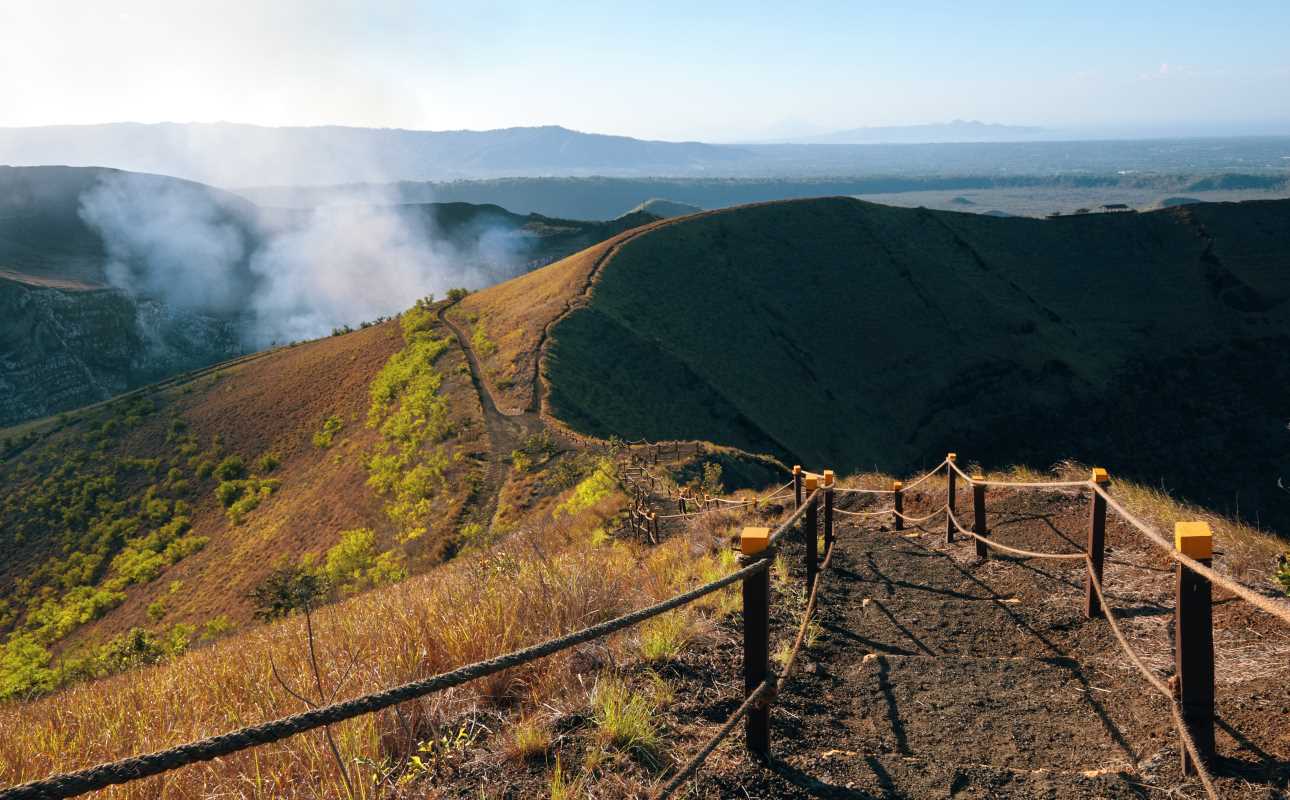Stepping onto the rugged trails of a volcanic trek is like walking into another world. Towering peaks, surreal landscapes, and the raw energy of the earth make these adventures unforgettable. But volcano trekking isn’t your average hike. The terrain can be rough, the climate unpredictable, and the safety stakes high. To fully enjoy this thrilling experience, preparation is key. Packing the right gear isn’t just about comfort. It’s about staying safe and making sure your trip is a success. This guide breaks down everything you need to pack for your volcanic trek to ensure your adventure is as epic as the scenery you'll encounter.
The Unique Challenges of Volcanic Treks
Volcanic environments can test even the most seasoned hikers. The terrain is often made of loose rocks, sharp volcanic ash, and steep slopes that demand proper footwear and a steady sense of balance. Unlike a forest trail, where dirt paths may be cushioned with leaves, volcanic trails can feel unstable and slippery, which makes every step a mindful one.
On top of that, the weather near volcanoes can change in minutes. One moment, you’re sweating under the blazing sun. The next, a chilly wind rolls in, or even an unexpected rainstorm. The lack of shade and exposed trails means you’ll be dealing with elements like UV rays, dust, and sometimes sulfuric gases too.
Don’t forget, some volcanoes still show signs of activity, including heat emanating from vents or even traces of poisonous gases, depending on the area. Being properly prepared helps you adapt to these challenges while keeping safety front and center.
Essential Clothing and Gear
Packing the right clothing is crucial for staying comfortable and protected. A regular hiking outfit won’t always cut it here because volcanic environments bring their own set of conditions.
1. Sturdy Hiking Boots
Your sneakers won’t keep up with uneven volcanic terrain. A solid pair of hiking boots with ankle support and a good grip is a must. Look for boots with thick soles that can handle sharp, rocky surfaces. Waterproof boots are a bonus in case you encounter puddles or sudden rain.
2. Lightweight, Breathable Clothing
Moisture-wicking shirts, hiking pants, and a hat to shield you from the sun are essentials. Layers are your best friend because volcanic regions often shift between hot and cold. Start with a base layer to keep sweat away, add a lightweight fleece for warmth, and pack a windbreaker for protection against sudden gusts.
3. Gloves and Gaiters
On some treks, you may need to scramble up rocky sections. A pair of lightweight gloves can protect your hands from scrapes. Gaiters, which cover your ankles and calves, help shield against loose rocks and volcanic ash sneaking into your boots.
4. UV Protection
The sun’s rays are more intense at higher altitudes, and volcanoes rarely provide any shade. Don’t skip sunscreen (SPF 30 or higher), a wide-brimmed hat, and polarized sunglasses with UV protection. They’ll keep your skin and eyes safe from harmful exposure.
Food and Hydration Tips
Keeping your energy up and staying hydrated should never be overlooked. Being underprepared in this area can make your trek unnecessarily difficult.
1. Pack Enough Water
Volcanic trails rarely have natural water sources, and the combination of physical effort and sun exposure can dehydrate you quickly. Bring at least two liters of water per person, or more depending on the length of your trek. A hydration bladder or water bottle with a filter is even better if there’s a chance to refill.
2. Bring High-Energy Snacks
Your body will burn a lot of calories tackling steep climbs. Trail mix, granola bars, energy gels, and dried fruit are fantastic options. They’re lightweight to carry and provide a quick boost of energy. For longer treks, consider packing a sandwich or something more substantial.
3. Don’t Forget Electrolytes
Sweating in the heat means you lose more than just water. Electrolyte tablets or powders can replenish lost minerals and help prevent cramping. Toss a couple into your water bottle or keep them on hand for breaks.
Safety Equipment to Bring
Safety should always be a top priority on a volcanic trek. You don’t want to head into a challenging environment underprepared. These items won’t just give you peace of mind. They’ll genuinely make your trek safer.
1. Navigation Tools
Maps, a GPS device, or a reliable navigation app are critical when trekking near volcanoes. Trail markers can be scarce, and volcanic terrain can make it easy to lose your bearings. A simple compass is always a good backup in case your tech fails.
2. First Aid Kit
Make sure your first aid kit includes band-aids, moleskine for blisters, antiseptic wipes, and pain relievers. Pack an ace bandage in case of sprains, and add any personal medications you might need.
3. Dust Mask or Scarf
Volcanic ash can irritate your lungs and throat, especially when the wind picks up. A mask or even a bandana tied over your nose and mouth can help filter out fine particles.
4. Flashlight or Headlamp
Early starts or delayed returns can mean trekking in low-light conditions. A flashlight or, ideally, a headlamp with extra batteries ensures you’re prepared if things take longer than expected.
5. Emergency Blanket
The thermal blanket is lightweight and can save you in cold or windy situations. It can also double as a protective barrier if you need to sit on hot rocks or a rough surface.
6. Trekking Poles
These help with balance on uneven, rocky trails and take some strain off your knees during steep ascents or descents. Collapsible trekking poles are a smart choice if you’re packing light.







